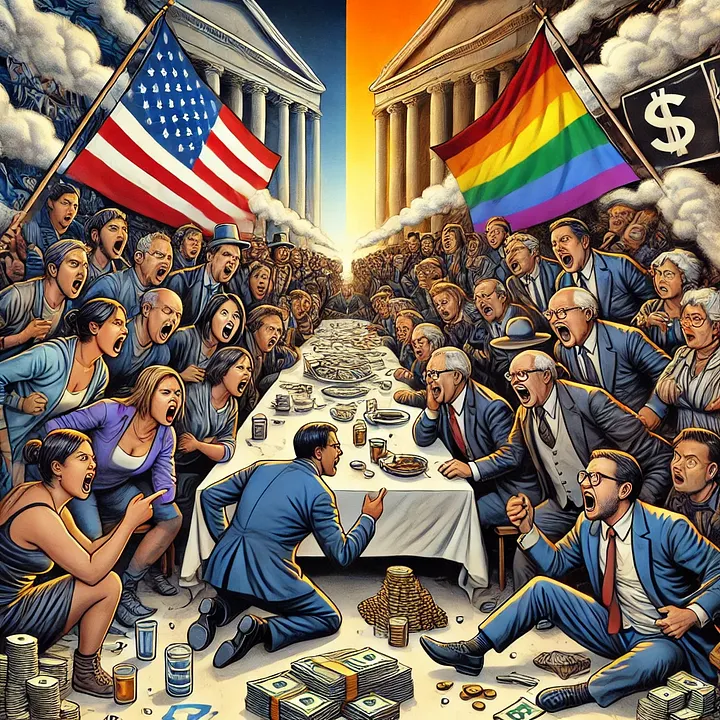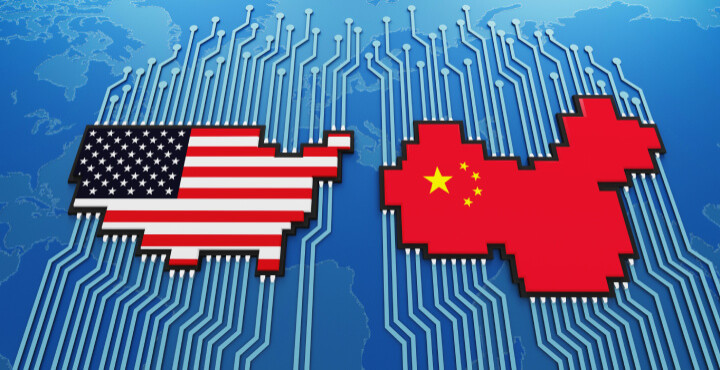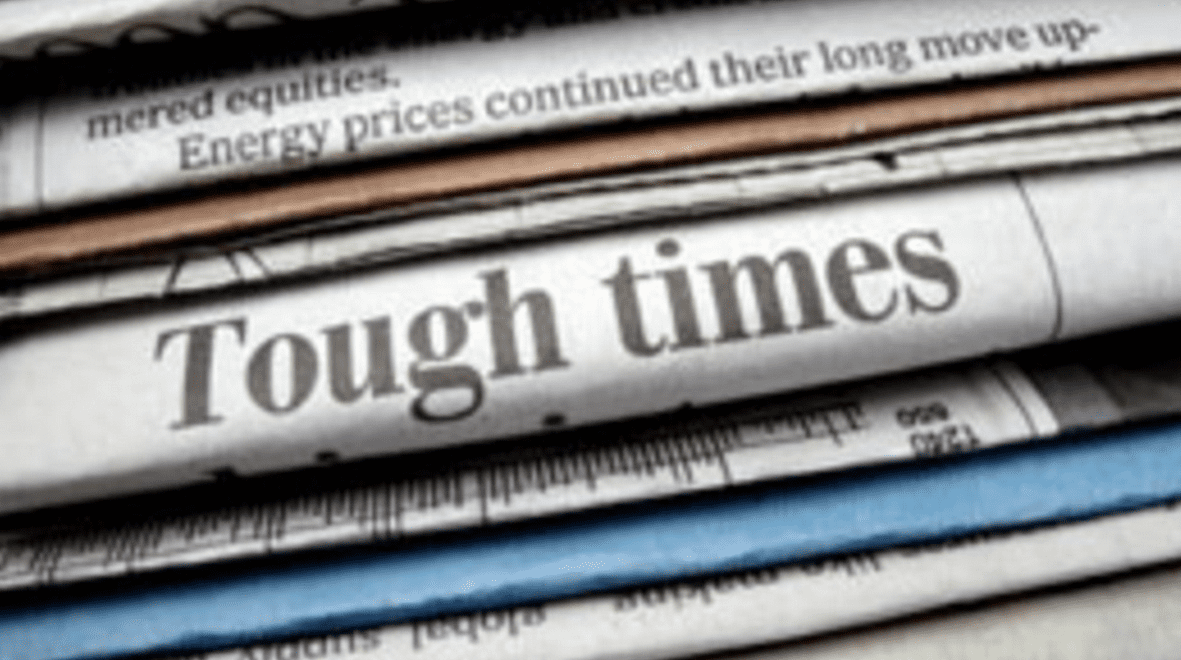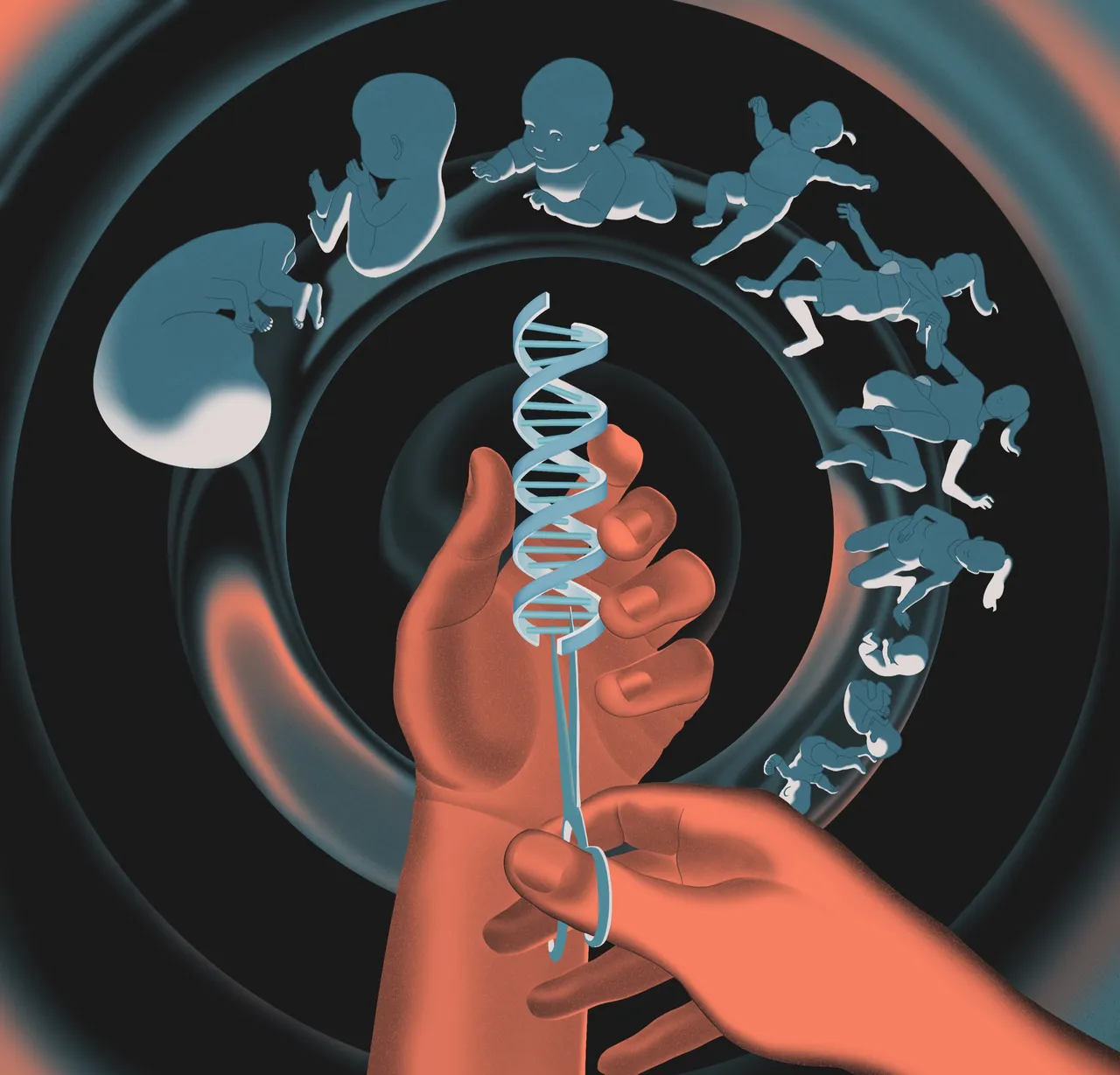As the United States enters 2025, one question dominates financial headlines: Will the Federal Reserve’s interest rate decisions trigger a new recession? After years of balancing inflation control with economic growth, the central bank now faces its toughest challenge yet finding equilibrium in a market still recovering from post-pandemic volatility.
Across Wall Street and Main Street alike, opinions are divided. Experts in Business Economics and leading Economists’ views reveal a mix of optimism, caution, and uncertainty about whether tightening monetary policy could cool inflation or push the U.S. economy into contraction.
The Current Economic Landscape
After several years of strong consumer demand and labor market resilience, early 2025 shows signs of slowing momentum. Inflation, though lower than pandemic-era peaks, remains slightly above the Federal Reserve’s 2% target. Rising borrowing costs are starting to strain both businesses and consumers.
Sectors such as housing, manufacturing, and small business lending have already felt the impact of higher interest rates. While some analysts argue that these trends are necessary to prevent overheating, others warn that excessive tightening could stifle investment and job growth potentially igniting a mild or even severe recession.
The Role of Business Economics in Understanding Policy Impact
In the world of Business Economics, every rate adjustment sends ripples through the financial system. A small hike can increase the cost of capital, influence credit markets, and alter investment strategies for corporations nationwide.
For example, companies dependent on large financing from real estate developers to tech startups find it harder to secure affordable loans. Meanwhile, consumer spending slows as credit card and mortgage rates rise, affecting retail and service industries.
This interconnectedness makes monetary policy decisions a high-stakes balancing act. Economists emphasize that even a “pause” in rate hikes can send strong signals to markets, influencing behavior long before data confirms a trend.
Leading Economists’ Views: Mixed Signals Ahead
Prominent Economists’ views remain divided about the Federal Reserve’s next move.
- Cautious Optimists believe gradual rate cuts later in 2025 could support a “soft landing,” where inflation cools without triggering job losses.
- Skeptical Analysts warn that inflationary pressures in housing and energy sectors could force the Fed to maintain elevated rates longer than anticipated.
- Recession Watchers argue that lagging effects from prior hikes are only beginning to show and could result in reduced business activity by mid-year.
The divergence in professional opinion underscores the complexity of forecasting monetary outcomes in an unpredictable global environment.
Global Factors Adding Pressure
Beyond domestic indicators, external forces play a major role in shaping U.S. economic stability. Ongoing geopolitical tensions, fluctuations in oil prices, and supply chain realignments continue to test policymakers’ ability to sustain balance.
In Business Economics, such global interdependencies mean that even localized rate decisions have far-reaching consequences. The U.S. dollar’s strength or weakness, for instance, affects trade balances, export competitiveness, and international capital flows.
Economists warn that ignoring these cross-border effects could amplify the very risks the Federal Reserve is trying to mitigate.
Could a Recession Be Unavoidable?
While a full-scale recession isn’t inevitable, warning signs are accumulating. Declining consumer confidence, reduced corporate spending, and persistent inflation suggest a slowdown may already be underway.
The key determinant will be timing if the Fed maintains restrictive rates for too long, economic activity could dip below sustainable levels. On the other hand, cutting rates too soon could reignite inflationary pressures, forcing policymakers back into a tightening cycle.
This delicate balancing act highlights the challenges central bankers face when trying to manage growth through uncertain conditions.
Conclusion
The coming months will reveal whether the Federal Reserve can engineer a soft landing or if its decisions will inadvertently trigger a downturn. For now, the debate among experts in Business Economics and differing Economists’ views reflects a shared recognition of one truth: monetary policy remains the most powerful and unpredictable force shaping the U.S. economy.
As businesses, investors, and households prepare for the year ahead, vigilance and adaptability may prove just as valuable as any forecast. Whether the 2025 economy thrives or contracts will depend not only on the Fed’s choices but also on how the world responds to them.











